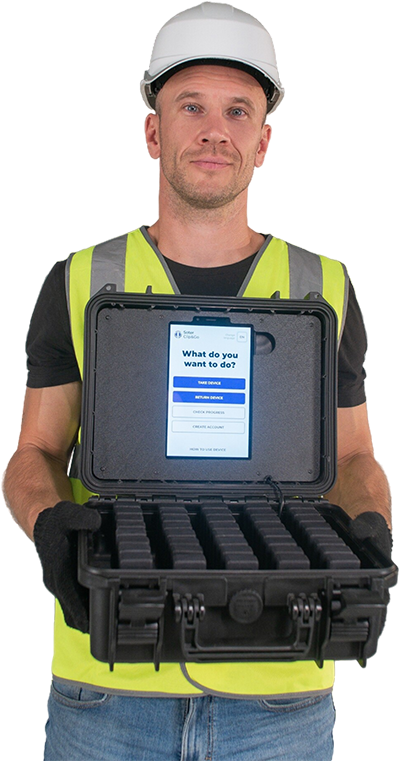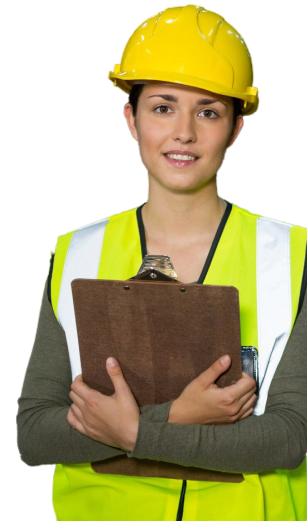Manual REBA Assessments Cost You Crucial Time in Preventing Injuries and Saving Lives
The Rapid Entire Body Assessment (REBA) tool is indispensable in identifying the risk of musculoskeletal disorders (MSDs) connected with specific job tasks.

The Rapid Entire Body Assessment (REBA) tool is indispensable in identifying the risk of musculoskeletal disorders (MSDs) connected with specific job tasks.
Traditional REBA assessments, while thorough, are time-consuming and labor-intensive. This can divert crucial time from injury prevention and safety efforts. The Soter technology, however, speeds up the process by three times, simplifying the process, enhancing efficiency and empowering decision-making for implementing safety controls.
This means more resources can be allocated to proactive safety measures and injury prevention, rather than manual assessments.
Without the aid of Soter, the manual REBA assessment process involves several stages:
Observation: An assessor watches a worker performing the task, noting their posture and movements, especially those appearing uncomfortable or strained.
Body Parts Posture: The body is divided into segments - arm, forearm, wrist, trunk, neck, and legs. Each part is evaluated, and a posture score is assigned based on observations.
Load/Force: The level of exerted force or load during the task is gauged, with higher forces implying a greater risk.
Type of Activity: The assessor evaluates the nature and frequency of the activity, including the speed of work and the duration of activity. Certain actions or movements may heighten the risk of MSDs.
Coupling: The quality of the grip is assessed, whether the worker must maintain a tight grip or if the object is challenging to handle.
Additional Factors: Other risk-enhancing factors, such as vibration, are noted.
Score Calculation: The scores for each body segment are tallied to get section scores (A and B), using the REBA method's table.
Final Assessment: The cumulative score determines the risk level, informing recommendations for altering the work environment or task to mitigate injury risk.
This traditional method, although comprehensive, requires - observing, noting, evaluating, and calculating. It relies heavily on the assessor's expertise, which can introduce variability in assessments.
The Soter team has developed a method to automate most REBA calculations, minimizing the need for manual data entry and analysis.
The Soter-aided process includes:
Automated Scoring: Soter identifies the riskiest moment in a video and provides a preliminary REBA score, not only for that moment but for the entire video.
Weight Input: Users can enter the weight of an object via the interface when required.
Score Recalculation: The REBA score is adjusted based on the inputted weight, offering more accuracy.
Note that despite the considerable advancements, the Soter technology, in its current iteration, does not account for coupling and factors such as vibration or detect wrist angles. However, even with these limitations, Soter's speed and simplicity make it a valuable tool in ergonomic assessments.
About Soter Analytics
Soter Analytics is a global safety science company producing AI-supported wearable solutions that reduce the risk of ergonomic injuries in the workplace. Soter wearables are widely used in logistics, manufacturing, healthcare and other industries, helping leading companies to prevent up to 55% of back & shoulder musculoskeletal injuries.
To see how Soter Analytics can help you improve safety behaviour, engage employees to self-manage their training and prevent workplace ergonomic injuries, simply Book a FREE Demo today.


